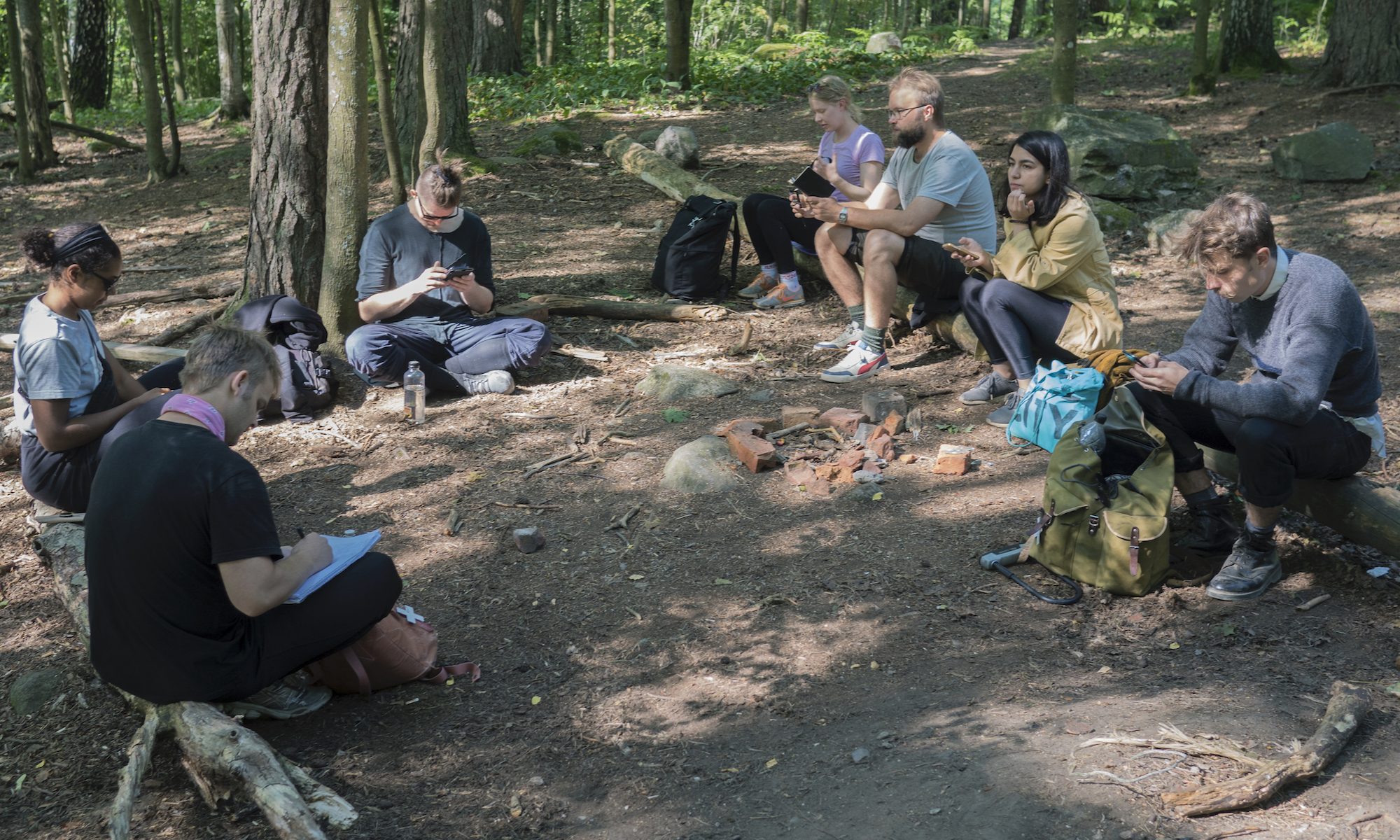Re-reading Performance Architecture (2011) Alex Schweder: “Which came first, the buildings or the actions they house, is perhaps not the most productive way of asking the question” he begins and continues “[w]e build buildings so that we have a place to perform habituated actions, and conversely the buildings that preceded our arrival in part determine our behavior.”
His description of a performance called Flatland (2007) brings to mind our recent Trans-Siberian cabin arrangements: The compactness of the cabin space authored our social interactions. Interestingly he also questions how to document embodied experiences: “[…] the most accurate documentations of Flatland are the divergent and immaterial oral histories, rumors, grudges and friendships. Through Flatland, I came to understand architecture as a series of social relations intimately constituted by and tied to an object.” […] “we have found immaterial performative factors such as duration, emotional predispositions, and interpersonal chemistries are what most impacts our experiences of a space. ”
I agree! Spatial and social relations are indistinguishable. Social relations are performances of our spatial distance from other bodies. If we take for granted that concepts such as “freedom of speech” are not about legislation or cultural norms, but about relations between people. Then how public spaces are build, determine if “freedom of speech” can be performed. I.e. If there is an affordance for self- and co-determined relations or assemblies (as Butler calls them) to form autonomously. Similarly the perceived comfort / discomfort of a space manifests the performative affordances the design offers occupants. Interestingly distances can only be measured between separate bodies of mass, which implies that entities which maneuver spatially perform a sense of self-awareness (Movement is awareness #ॐ).
As budgets are slashed, attention spans shorten and professional activities become eventalized; the cultural object – no longer preeminent – veers into product, turns into activity, de-materializes into performance. Cultural production as process. […] Notions of building performance, performance as construction, the rendering of the socio-political experience of the individual in space, or the architectural program as an urban script reaching beyond the specification of typologies to prescribe behavioral patterns are all converging to formulate new paradigms of spatial practice.
Architecture, like performance, has always contained the energies of live bodies. Both fields structure the behavior of their participants, but until this time architecture had always named the bodily actions and relations it contains and constructs ‘program’. For example, the program architects call ‘house’ uses its built form to instruct occupants where to enter, eat, sleep, fornicate, wash, socialize, et cetera. The partitions in our buildings are built to script the actions of those who inhabit them. Architectural cues let people know what to do where, when, and for how long – much like the script for a performance.
The way a performance is documented impacts the way it will be historicized. For those who do not experience the performance live, visual documents coupled with the oral history of the original performance take on a life of their own. Photographic documentation of architectural performances can play a large role in the way that we use architecture to construct our subjectivity.
There are also an interesting passage on “building-time” which Schweder argues as being slower then human-time. I think he’s right. Buildings perform across generations. They are also lived, meaning they are modified, remade and demolished simultaneously by their habitats. Materials can which make the building can also be repurposed. I’d like to extend this concept to cover “tool-time”: Tools also perform across generations and convey the technical thinking of the episteme they were conceived in. The grip of a tool educates a used on how it is yielded. They are also lived (modified and remade) and adapt to changes in technical thinking (or demand). Sometimes tools conceal their functions, to pass trough times when their intrinsic use-value is not in demand (I have a set of surgical knives and pliers I use for hobby-crafts, when the time is right they can be recommissioned as surgical instruments). Art as a technic is packed with concealed functions: Performance art is the tai-ji of social change.

